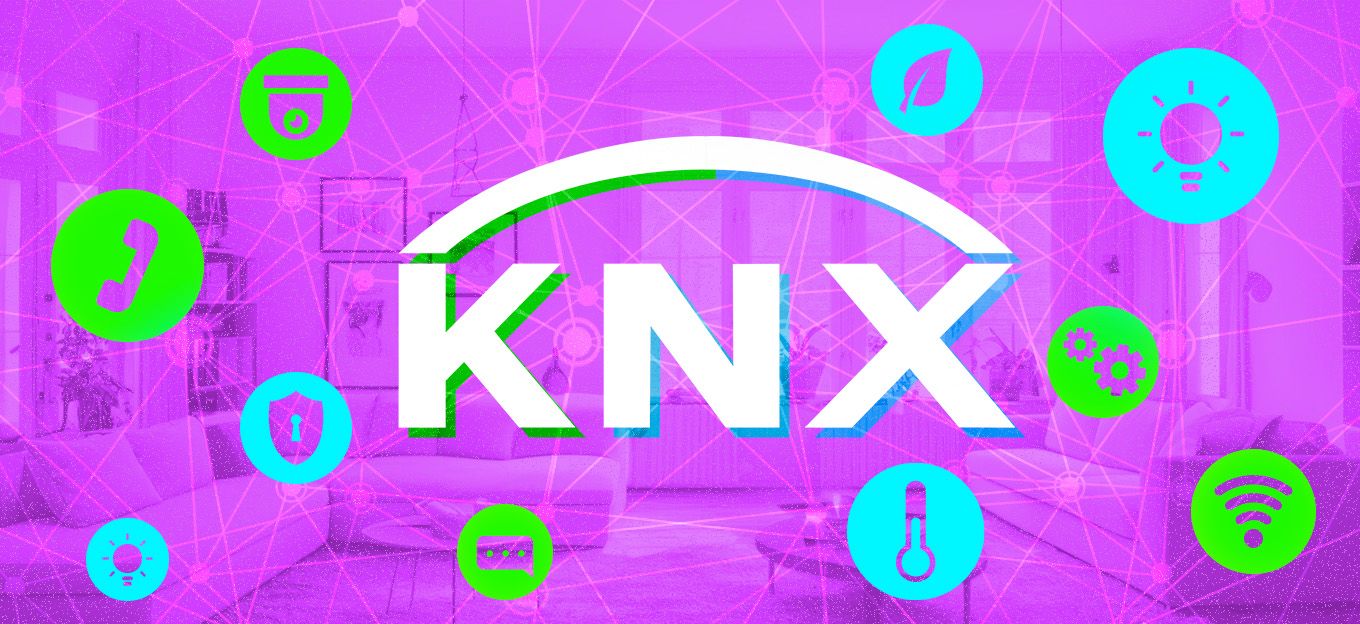Potential Privacy Challenges in a Smart Office
Potential Privacy Challenges in a Smart Office
- Last Updated: December 2, 2024
Ellie Gabel
- Last Updated: December 2, 2024



A notable trend in the commercial real estate landscape is the emergence of smart offices. With the proliferation of advanced technologies, including the Internet of Things (IoT) and artificial intelligence (AI), it is no surprise that companies want to transform their workspaces into connected digital hubs for employees.
More people are working from home due to the COVID-19 pandemic, and businesses can no longer get by without relying on technology. Simple devices like laptops, webcams, and tablets are now staples for the average employee. However, as offices become increasingly smart, companies must consider how tech may impact privacy and security. Let's take a look at some of the potential privacy concerns that may arise as smart offices become a norm.
'While smart offices will bring benefits to the average company, they will also present new and growing security and privacy issues.' -Ellie Poverly
Redefining Traditional Workspaces
Virtually all modern workplaces had to adapt quickly during the global pandemic outbreak. Even two years into the pandemic, many businesses are still determining what the future holds for remote, hybrid, or in-office work. One common trend in the business world is the widespread adoption of smart, digital technologies – and there are no signs of the trend slowing down. Because offices are relying more heavily on technology, more smart offices are emerging.
A smart office, also called a responsive or digital workplace, leverages advanced technologies to accomplish certain tasks. This may include automating workflows, streamlining operations, gathering data for analytics, and optimizing employee productivity. There are three technologies that smart offices typically include:
- The Internet of Things (IoT)
- Interconnected smart devices for automation and control
In a smart office, examples of IoT technologies include smart thermostats, smart lighting systems, and virtual reality (VR) cameras and speakers. ML technology would be critical in building management systems, such as monitoring the office’s HVAC system or electricity consumption.
Smart devices, such as digital voice assistants and UV, temperature, and lux sensors are also used to build a smart office. For example, the IBM Watson-powered Global Artificial Business Intelligence (GABI) Voice allows users to verbally communicate with a Xerox Multifunction Printer. Not only does this make printing easier and more efficient, but it also helps employees with hearing or visual impairments, limited motor skills, or other disabilities.
Potential Privacy Challenges
While smart offices will bring benefits to the average company, they will also present new and growing security and privacy issues. Building owners lacking the tech expertise to secure smart offices could put companies and their employees at risk of cyberattacks or physical security issues. Here are some specific concerns to be aware of.
#1: Bring Your Own Devices (BYOD) Policies
Many companies realized that implementing a BYOD policy is beneficial in the age of remote work. Employees can feel comfortable using their own devices for work purposes and employers can cut back on equipment costs. However, using personal devices at work can be risky because they could have major security vulnerabilities. Companies with a smart office must work closely with their IT department to determine specific network and device security measures.
#2: Access Control
Physical security is just as important as digital security. Smart offices must consider a few factors regarding access control:
Will employees use a keypad or proximity card reader to enter the office? Which employees are authorized to access certain areas of the office?
Some companies are experimenting with biometric technology for employee access control or device login credentials. However, some employees may not feel comfortable turning over biometric data to their employers.
#3: Increased Cyberattack Entry Points
Generally speaking, as more devices use a corporate network, the easier it is for threat actors to execute cyberattacks on the company. A hacker only needs to identify and take advantage of one entry point to launch an attack, which can lead to downtime and negatively impact daily operations. As more tech enters smart offices, the risk of facing cyberattacks increases.
#4: Data Privacy Regulations
Another concern in a smart office is data privacy, specifically regarding employee privacy. The general public is becoming increasingly sensitive about their data privacy and how their personal data is used. Consider the European Union’s (EU) General Data Privacy Regulation (GDPR). The GDPR protects individuals and guarantees them certain rights and protections concerning their personal data. Smart offices collect troves of data from employees, so maintaining compliance is something every smart office leader will have to prioritize.
This list of concerns is not exhaustive, but it does illustrate how the emergence of smart offices will inevitably affect employees and their personal lives. Companies looking to make their offices smart must consider these concerns and other factors during the transition.
Striking a Balance: Security & Privacy
Smart offices are the offices of the future. While they will transform the way employees work, security and privacy must be a top priority. Employers will have to assess their cybersecurity and physical security programs to protect employee data and company information.
The Most Comprehensive IoT Newsletter for Enterprises
Showcasing the highest-quality content, resources, news, and insights from the world of the Internet of Things. Subscribe to remain informed and up-to-date.
New Podcast Episode

Moving Past the Pilot Phase in IoT and AI
Related Articles





